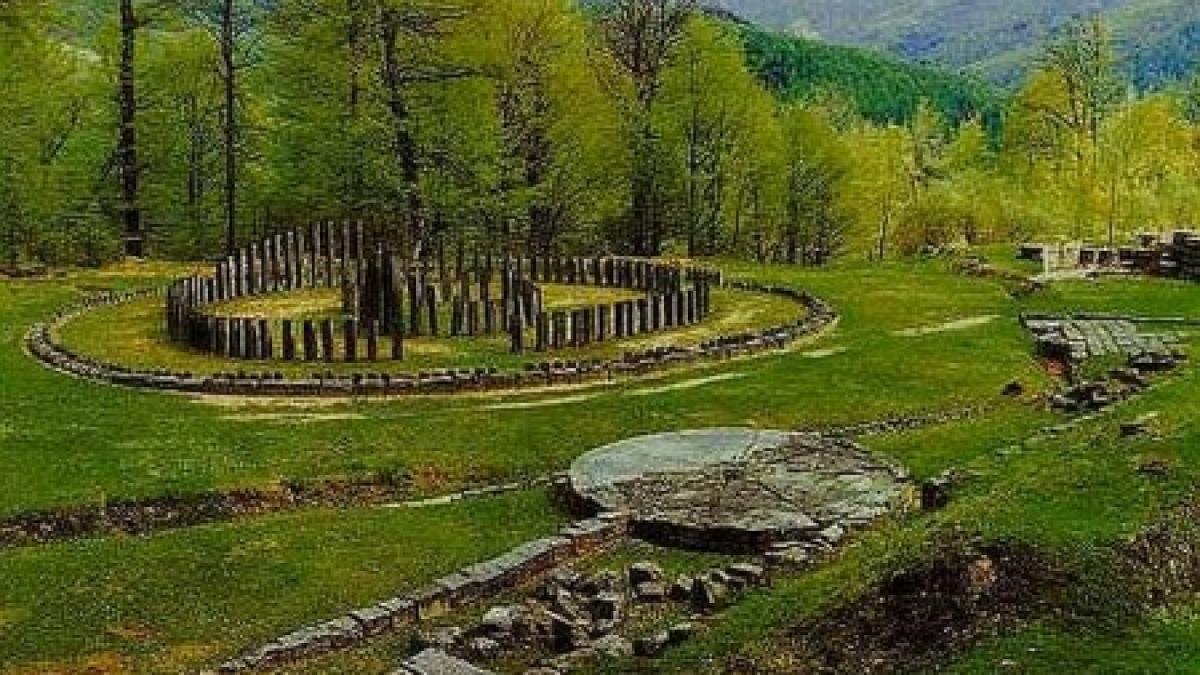
Where did they come from, what happened to the “Vlachs”. The historians review studying the sources of information about the dark millennium which seems to have been erased from our country’s history.
This review was conducted by historian Neagu Djuvara and completed by Andreea Dogar, in an attempt to shed some light over the darkness of this period, explaining the enigmas created:
“"Throughout the European historiography and even the Romanian one it is admitted that it's kind of dark millennium, with too little information available, and some of our neighbors have taken advantage from it . For Hungarians, Dacia was completely evacuated and no one was there when they came, to Russians or Ukrainians there was nobody in Moldova, and now they are wondering where the hell all the Romanians came from. Greeks do not know where all the Aromanians came from either, they seem to have fallen from the skies , " historian Neagu Djuvara explains.
Beginning with the eighteenth and nineteenth centuries, a number of Austrian and Hungarian historians have developed a so-called "immigration theory," according to which all the Latinophone population in Dacia had left at the same time Emperor Aurelian ordered the retreat, out of fear from migrants in 271-274 and they are supposed to have returned to the north of the Danube only in the thirteenth century, as nomadic shepherds.
An explanation was provided in this way for the fact that in the official documents of the Hungarian kingdom, the Romanians, called Vlachs did not appear until the thirteenth century. In addition, Vlachs were visible in the south of the Danube, therefore in the Balkan Peninsula, where they were mentioned even in the tenth century by Byzantine sources (in Thessaly, Epirus, Macedonia, Bulgaria).
Regarding the establishment of the Romanian people, because of this lack of documents different assumptions were issued. If some Hungarian or Austrian historians chose the Balkan Peninsula, the Romanian ones did not agree either : some chose Transylvania, others Oltenia, and some the country’s central and southwest, in an area comprising both Transylvania, and Oltenia, Banat and parts of Serbia today.
Information on the likelihood of Romanians setting-up a political party are even more scarce : except for the Principality of Gelu in Transylvania, we do not know anything about any form of organization of the Vlachs until the thirteenth century, when the provinces of Litovoi and Seneslau's and the principalities of Farcaş and Iona are mentioned in a Hungarian document.
There was no state, and consequently no office to issue official documents, and that explains why internal documents about our history are completely absent for 1000 years, that is until the founding of the Romanian medieval states in the fourteenth century.
To fill the gap, some historians, such as Bogdan Petriceicu Haşdeu, published documents which proved to be fake. Thus, Haşdeu published a document, the so-called "diploma Bârlădeană" a script allegedly dated 1134, stating that there was a prince of Barlad, Ivancu Rotislovovici, depending on the throne of Galicia, who would have ruled over the plains of Moldavia.
The ardent desire to fill the history gap reached unsuspected heights and funny at the same time, during communism, when the Communist Party Plan of 1975 told us that after the Aurelian retreat, the Dacia territory had been left with an “unorganized state”.
Ştiri video recomandate






















